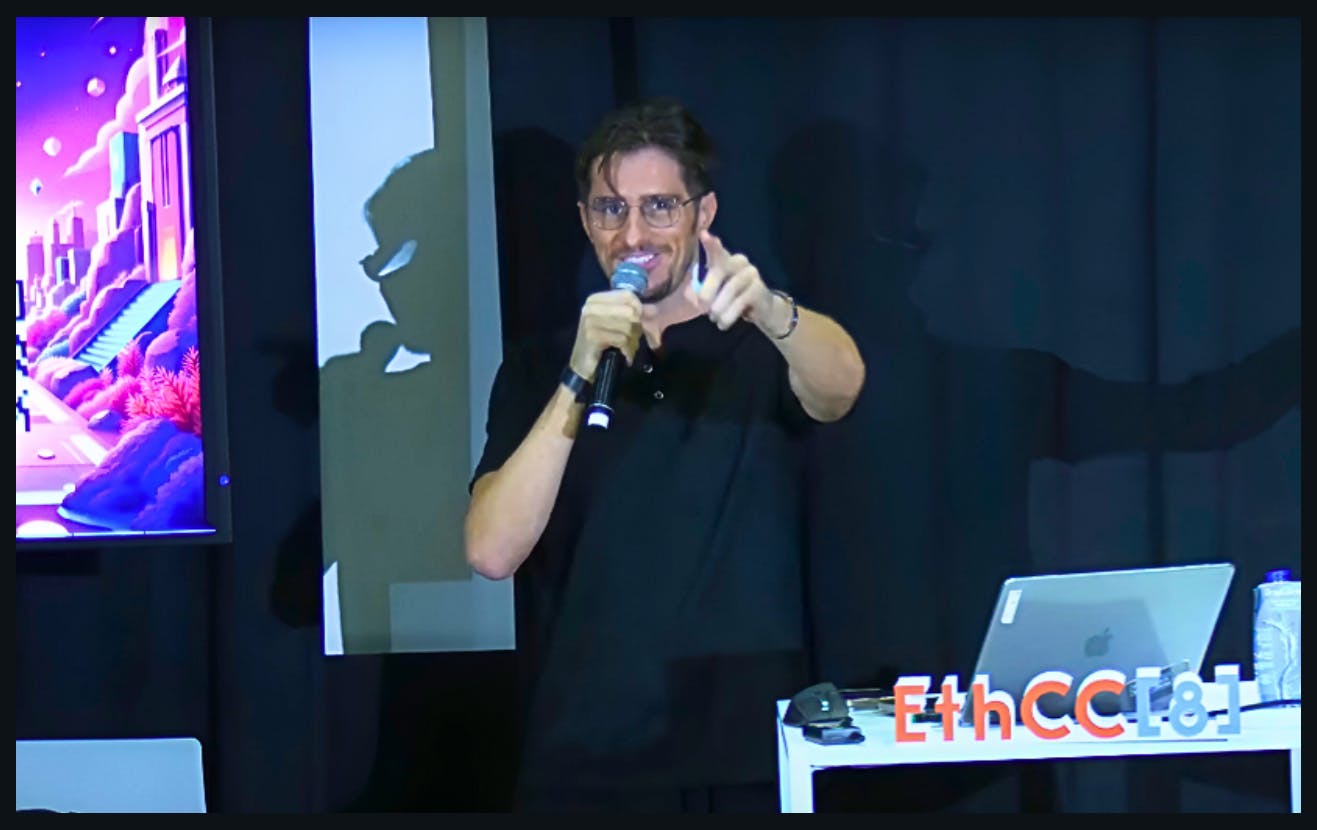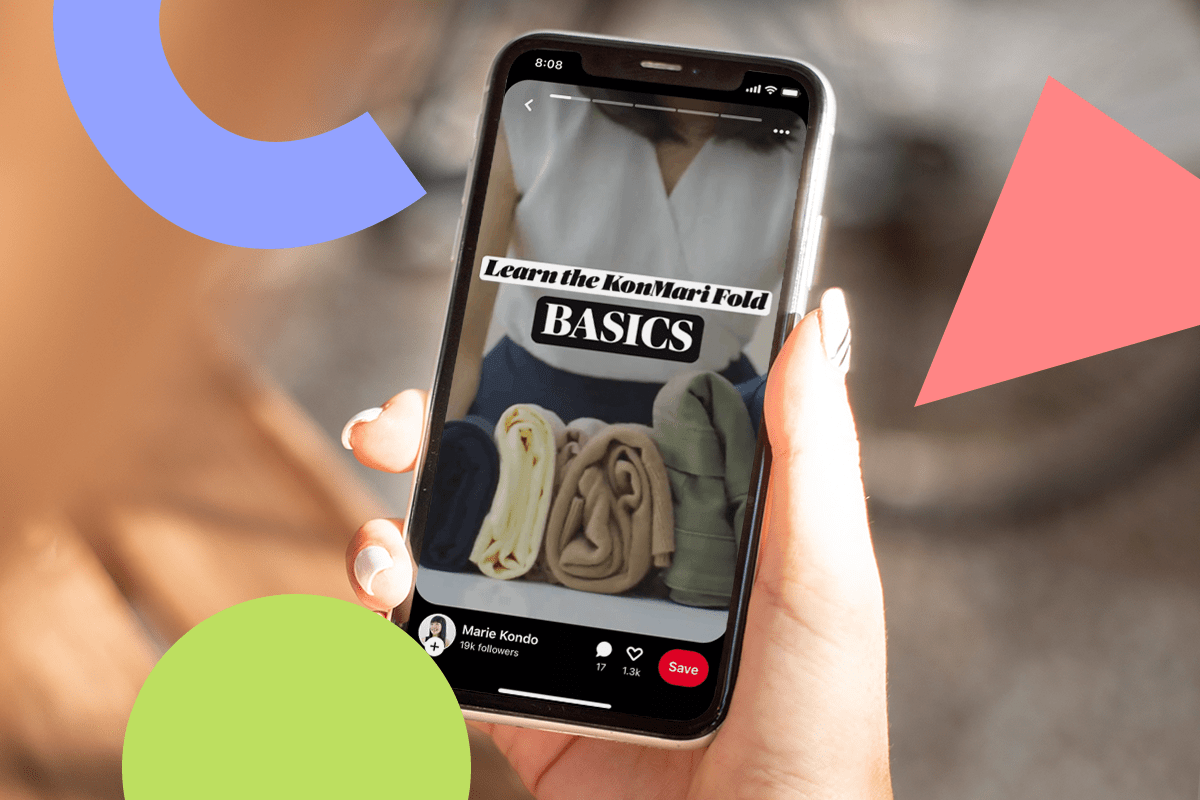Picture Web3 as a vast, uncharted frontier, where clunky interfaces, scattered digital identities, and lackluster loyalty programs block the path to widespread adoption, leaving brands stranded between Web2 and blockchain’s potential. Could smart wallets and dynamic NFTs light the way forward?
Olayimika Oyebanji sits down with Matthias Mende, CEO of Bonuz, to uncover insights into conquering these hurdles and how $BONUZ aims to reshape multi-asset engagement for creators, brands, and communities.
Can you briefly tell us about yourself and your route to web3?
I am Matthias Mende, Founder and CEO of Bonuz. My journey into Web3 began over a decade ago in the tech and marketing world, where I saw the limitations of centralized platforms in truly empowering users and creators.
I started diving into Bitcoin in 2016, which opened my eyes to blockchain’s potential for ownership and transparency. By 2019, I got involved in NFTs and DeFi, exploring and researching how I could revolutionize engagement and real-world economies.
Founding Bonuz in 2021 was a natural evolution—to build a bridge that makes Web3 accessible without the usual headaches, turning my passion for user-centric innovation into a decentralized ecosystem that’s as easy as your favorite social app.
We’re still looking for a lead VC or someone to back us who wants to go the long run, as I’m not planning to exit this company— for some reason, few big names want to buy us or invest in huge lion’s shares, and I’m not thrilled about that kind of capitalism.
Why do complex interfaces in Web3 deter mainstream users, and what’s the key to simplifying access for broader adoption?
Complex interfaces in Web3 often feel like navigating a maze—seed phrases, gas fees, and wallet setups deter everyday users who simply want seamless experiences like those in Web2 apps.
This deters adoption because it creates friction, leading to high drop-off rates; studies show that over 80% of potential users abandon Web3 apps during the onboarding process. The key to simplification is abstraction: hide the tech under intuitive designs so users don’t come for the blockchain—they come for the true experience.
We learned this firsthand when we started as a creator and brand token launch pad; mainstream fans of artists couldn’t handle the complexities of popular wallets. That’s why we pivoted and became a Social Wallet, integrating Account Abstraction and paymasters to sponsor our ecosystem’s gas fees, so users don’t feel they are onchain.
We allow sign-ups via email or social logins, with no writing down of complex seedphrases needed while still having maximal security and decentralization. This lowers the barrier, making it feel like a natural extension of daily digital life and paving the way for mass adoption, especially for those who will never learn the tech.
Brands often hit a wall because Web2 audiences expect plug-and-play simplicity, while Web3 tools demand technical know-how that alienates them. The bridge lies in hybrid solutions that blend familiarity with blockchain benefits, focusing on experiences over tech.
For example, we offer a turn-key SDK for brands to embed Web3 features—like issuing Dynamic NFTs or rewards—directly into their existing apps or sites, without forcing users to switch platforms.
By gamifying events, restaurants, and real-world locations through quests and loyalty programs, brands can seamlessly onboard their own users. We’ve seen this work in our pilots where conversion rates jumped by keeping the Web2 UX intact while adding onchain ownership.
How can the issue of fragmented digital identities across platforms be addressed to improve trust and usability?
Fragmented identities mean users juggle multiple profiles, wallets, and verifications, eroding trust and creating silos that make interactions cumbersome. To address this, we need unified, onchain identities that are portable and verifiable. Our Onchain Social ID does exactly that, privacy-focused profile linking your social handles, wallets, KYC tokens, NFTs, and even favorite links across chains via a simple QR code.
You can imagine it like a LinkTree (which is extremely popular) but free to use in Bonuz, with the advantage that every user having their main wallet linked inside. Users are able to add this link to their social media networks, turning it into a LinkTree with a built-in wallet to receive money. In phase 1, it’s like a social graph; of course, it’s a protocol, a smart contract which we’re planning to file an EIP and ERC for soon.
In Phase II, it will become a social oracle with even more powerful features. This not only streamlines logins but also reduces fraud, making the ecosystem more reliable for everyone. As we hopefully will evolve Bonuz into an everything operating system by 2026—with AR integrations, upgradable AI LLMs acting like a magic genie in your pocket, and aggregated lenses for more immersive experiences.
What about Defi, Memes and the dApps? Do you aim to expose Web2 and new users to them and their ecosystems?
Of course, we integrated dApps like Aave, Ethena, 1inch, and Rango for smooth DeFi. Hyperliquid and so much more are coming. Imagine the Web2 user will discover quests via their favorite brands, getting led into Web3 without realizing it and perhaps starting to explore more and liking it.
Degens surely will enjoy faster, self-custodial trading with the lowest swap fees in the wallet game. We believe that our value-first approach builds trust and engagement step by step. Also we filter and make sure to not add any funny or weird partners in. We really like DApps like Cryptorefills and Travala, so our users can buy vouchers or flights with crypto in any country in the world.
Why do traditional loyalty programs struggle with engagement, and how can tokenized rewards like NFTs revitalize them?
Traditional loyalty programs fail because they are often one-sided—points expire, redemptions are limited, and there’s no real ownership, leading to low engagement rates (typically under 20% redemption).
Tokenized rewards like Dynamic NFTs flip this by giving users actual ownership and interactivity. On our platform, brands issue Dynamic NFTs that evolve based on users engagement, based on the users repetitive interaction with the brands—say, a loyalty badge that upgrades to unlock exclusive perks or real-world vouchers at events or restaurants.
These are onchain, transferable, and gamified, turning passive points into active assets and better reputation with their favorite brands. In our pilots and researches, this has boosted retention by 70%, as users feel invested, and brands get deeper insights from users positive behaviours.
These features are especially powerful for IRL applications, where Bonuz serves as a marketing tool to gamify real-world locations, drawing in Web2 users who then explore more without knowing they’re entering Web3—revitalizing loyalty into a two-way, experience-driven relationship.
Can you tell us about Bonuz’s Social Wallet and how it simplifies multi-asset engagement across crypto, NFTs, and social tokens for users?
Bonuz’s Social Wallet is a non-custodial powerhouse designed for effortless Web3 entry—available on iOS and Android, with our web app already live as Bonuz.ID for quick access, like at events where users can do quests on the web and perhaps download the app later.
It simplifies multi-asset engagement by abstracting complexities: users manage crypto, NFTs, and social tokens in one place without worrying about chains or fees. Powered by ERC-4337 Account Abstraction, it handles swaps, minting, and transfers automatically, with integrations like 1inch, Aave, and Ethena for DeFi.
Our built-in multi-chain swap is over 60% cheaper than major competitors, making it ideal for trading meme coins and into stables. For engagement, it ties into SocialFi features, letting users earn through quests or communities, all in a social feed-like interface.
Many users join for rewards, waiting for our $100,000 Airdrop Session 2 to start, then secure airdrops directly into the wallet and finally swap seamlessly. Praised by big builders at events like ethCC in Cannes for its excellent UX.
Bonuz is arguably the easiest Bitcoin wallet out there, now expanding with languages like Spanish to reach developing countries like El Salvador, where complex wallets hinder access to freedom. We plan to integrate over 10 major Languages by end of 2026 and hopefully will tackle these markets.
With integrations across Solana, Bitcoin, Base and all EVM chains, how does Bonuz address multi-chain interoperability challenges?
Multi-chain interoperability is a big hurdle—different chains mean siloed assets, bridging risks, and for some confusing UX. We tackle this problem with a chain-agnostic architecture: our Wallet uses secure features in a modular but simple ways.
1inch, Wormhole, and Rango for seamless transfers between chains, Bitcoin’s security, and Base’s low-cost scalability. We prioritize EVM compatibility as much as possible, ensuring Dynamic NFTs and assets can live and sync across chains with minimal fees (under $0.01 on Base). This reduces fragmentation and ensures users interact fluidly.
Whether staking on Solana, holding Bitcoin, or trading NFTs its happening all from one wallet, in our simple App. As we build toward our 2026 pivot into an everything OS with AR and AI integrations, this multi-chain foundation will support more immersive, real-world experiences, making true interoperability accessible without the usual headaches, while keeping everything non-custodial for total user control.
Bonuz aims for 100,000 active users by end of 2025. What’s your strategy to onboard Web2 users to Web3 functionalities?
Hitting 100,000 active users by year’s end means focusing on viral, low-friction onboarding that emphasizes experiences over tech.
Our strategy: Start with Web2 hooks like our $100,000 Airdrop Campaign, where users earn points and meme coins via simple social tasks, airdropped directly into the wallet—leading them to easy, cheap swaps that introduce Web3 subtly.
We partnered with brands and influencers for co-branded events, gamifying real-world locations like restaurants or quests to draw in non-crypto crowds via their favorites. The Social Wallet’s email/social sign-up eliminates barriers, and our SDK lets Web2 apps integrate Bonuz features gradually, with in-app tutorials gamifying education.
For degens and meme traders, we push trading functionalities in GTM campaigns, highlighting speed and cost savings. Expanding languages, starting with Spanish, targets developing countries like El Salvador. Finally, Brands onboard their own users as a marketing tool, amplifying growth organically from our current base, with our token launch in Q4 boosting incentives.
How is Bonuz navigating regulatory challenges to deliver features like Onchain Social IDs in the Web3 space?
Regulatory landscapes are evolving, with concerns around data privacy, securities, and KYC in Web3. We navigate this proactively: We collaborate with legal experts to ensure compliance, like GDPR for privacy and avoiding speculative token models for NFTs.
We are not classified as a VASP, which reduces our liability while prioritizing user safety and security as extremely important. As we expand, we monitor global shifts, like SEC guidelines, and build flexible features that can adapt.
This cautious yet innovative approach lets us deliver cutting-edge tools while building trust with regulators and users alike, ensuring our wallet infrastructure is secure.
Can you share your experience as CEO of Bonuz ?
Being CEO of Bonuz has been an exhilarating ride, balancing vision with execution in the fast-paced Web3 world. We started in 2021 as a creator and brand token launchpad, but pivoted when we realized that mainstream users, such as fans of big artists, couldn’t handle wallet complexities—we had to abstract everything into a social wallet to set our own rules and integrate technology seamlessly.
The old features will still be rolling out, just in a new order, with the wallet as the foundation. I’m incredibly proud of my hardworking and lean team for pushing the boundaries with me and their confidence. From bootstrapping the launch to securing partnerships and navigating market volatility, highlights include users’ excitement over seamless NFT mints and brands transforming loyalty.
Challenges? Scaling amid infrastructure upgrades and crypto politics—it’s hard to gain acceptance and trust; I must meet people one-on-one to showcase what we’ve built.
I love events like ethCC in Cannes, where I spoke, this opens doors and I got invited to talk in more reputable events, as well as received valuable feedback from legends and founders who like our product.Overall, it’s fulfilling to lead this evolution towards becoming one of the most significant ecosystems and technologically advanced products. Step by step.
Any parting words?
Web3’s potential is immense, but adoption hinges on simplicity and real value— normal users come for experiences, not blockchain. We are here to make that happen, completing the ecosystem by integrating dApps and onboarding via brands, airdrops, and gamified IRL quests.
Whether you are a Web2 user discovering loyalty perks, a degen trading memes in our smooth wallet, or in third-world countries and Far East Asia—where billions await, and we aim to capture them all, even powering governments to help them boost their tourism with quests.
Indeed, Bonuz is so much more than a wallet; it’s a movement, my dream, an evolution to bring a revolution. The future is onchain, brighter when accessible to all, evolving by getting more immersive. Let’s connect, lets build trust one interaction at a time, and create it together! We are open for business and growth.










